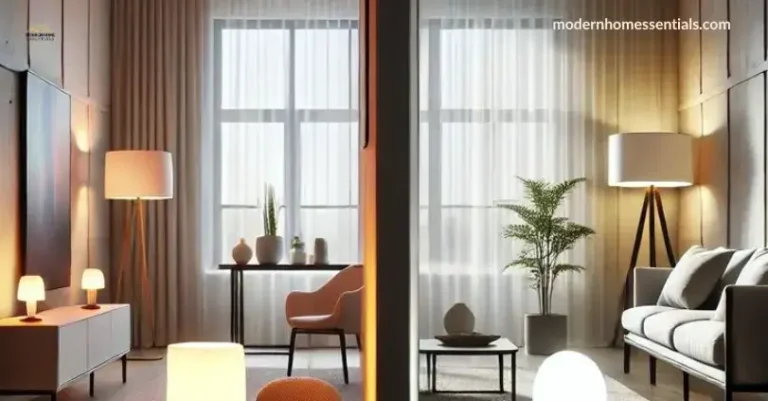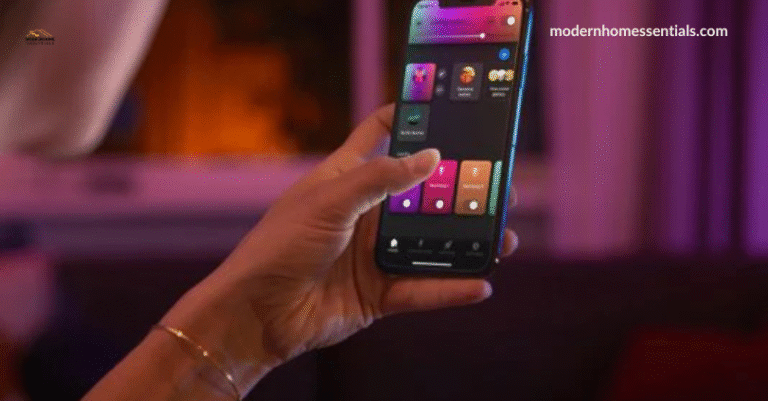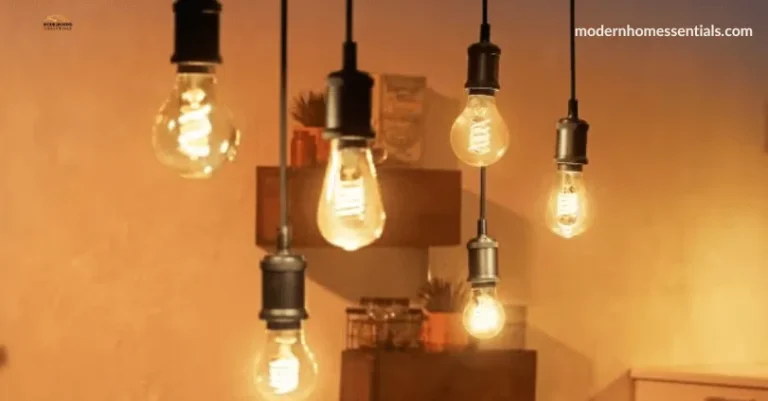Hue Bridge vs Bluetooth: The Ultimate 2025 Smart Lighting Showdown
Ever found yourself torn between setting up your Philips Hue lights with Bluetooth or investing in the Hue Bridge? You’re not alone. It’s a choice that affects how your smart lighting works—now and in the future. When comparing Hue Bridge vs Bluetooth, understanding the implications on functionality and performance is crucial for making an informed decision in the realm of smart lighting technology.
Let’s unpack the differences, pros, cons, and reasons why one might suit your home better than the other.
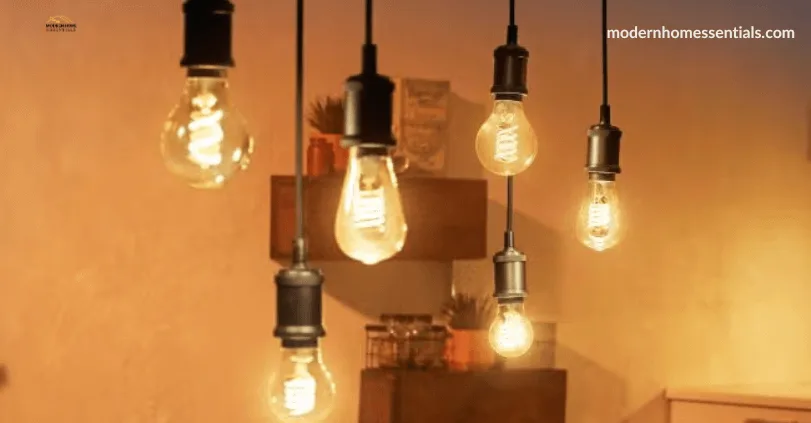
hat Is Philips Hue Bluetooth, and How Does It Work?
Hue Bluetooth is a convenient and affordable way to begin your smart lighting journey. It allows up to 10 bulbs per room, controlled directly via your phone or voice assistant over Bluetooth. Perfect for dorm rooms or small spaces, it’s incredibly beginner-friendly.
But don’t forget: Bluetooth has a limited range—about 30 feet indoors—and lacks advanced features like remote access, full automations, or multi-room scene control.
Why the Philips Hue Bridge Is the Heart of Smart Lighting
The Hue Bridge is your smart lighting powerhouse. Connect it to your router using Ethernet, and it unlocks Zigbee mesh networking with expansive control.
Here’s what it brings to your smart home:
- Control up to 50 lights and accessories, indoors and outdoors
- Anywhere access via internet or cellular connection
- Full automations, schedules, geofencing, and custom scenes
- Voice control through Alexa, Google Home, Siri, and broader smart home integration — including Matter
- Strong and responsive system—even when Wi-Fi is down
Feature Comparison: Hue Bridge vs Bluetooth
| Feature | Hue Bridge | Bluetooth Only |
|---|---|---|
| Max Lights Supported | Up to 50 | Up to 10 per room |
| Remote Access | Yes | No |
| Automation & Scenes | Full | Basic |
| Voice Assistant Integration | Full support | Limited |
| Range | 80 ft indoors (via mesh) | ≈30 ft (direct Bluetooth) |
Which Option Fits You Best?
- Bluetooth Only
Great for small spaces or first-time users. Convenient and low-cost, with fast setup.
Limitations: single-room control, no remote access, few smart features. - Hue Bridge
Ideal for those with multi-room setups or who love automation. Offers scalability and full feature access.
Recommendation: even if you start with Bluetooth, you can easily upgrade later—Philips makes transferring lighting setups seamless.
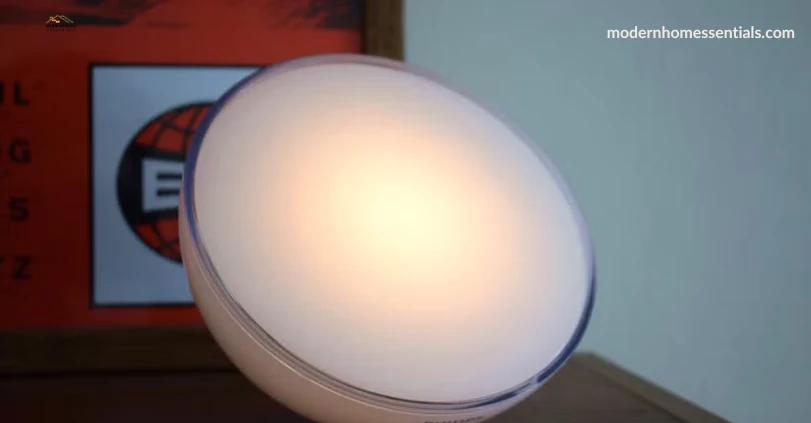
FAQs
1. What’s the point of the Philips Hue Bridge?
It’s the smart hub that connects your Hue system to Wi-Fi—unlocking remote control, scheduling, voice automation, smart home integration, and support for up to 50 lights.
2. What are the disadvantages of using only Bluetooth?
Bluetooth limits you to 10 bulbs per room, doesn’t support remote access, advanced automations, or multi-room scenes.
3. Is the Philips Hue Bridge still needed?
Yes—if you want full smart lighting control, remote access, automation, and large-scale coverage, the Hue Bridge remains essential. Bluetooth lets you start small, but the Bridge unlocks the long-term potential.
4. Is Philips discontinuing the Hue Bridge?
Nope—Philips continues to support and enhance it, including Matter integration for broader smart home compatibility.
Final Thoughts
If you’re curious about smart lighting or want a quick setup, Bluetooth is a smart start. But if your home is larger or you want a truly intelligent lighting system with good expandability, the Hue Bridge is a worthy investment.
No matter where you live in the U.S., the Bridge ensures smooth performance across multiple rooms, with richer features and future-ready compatibility. Truly, your home’s lighting can grow with you—not limit you.

